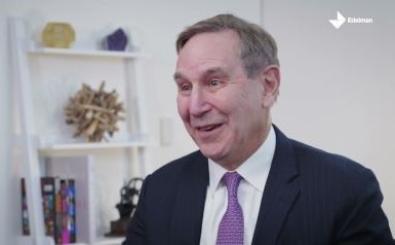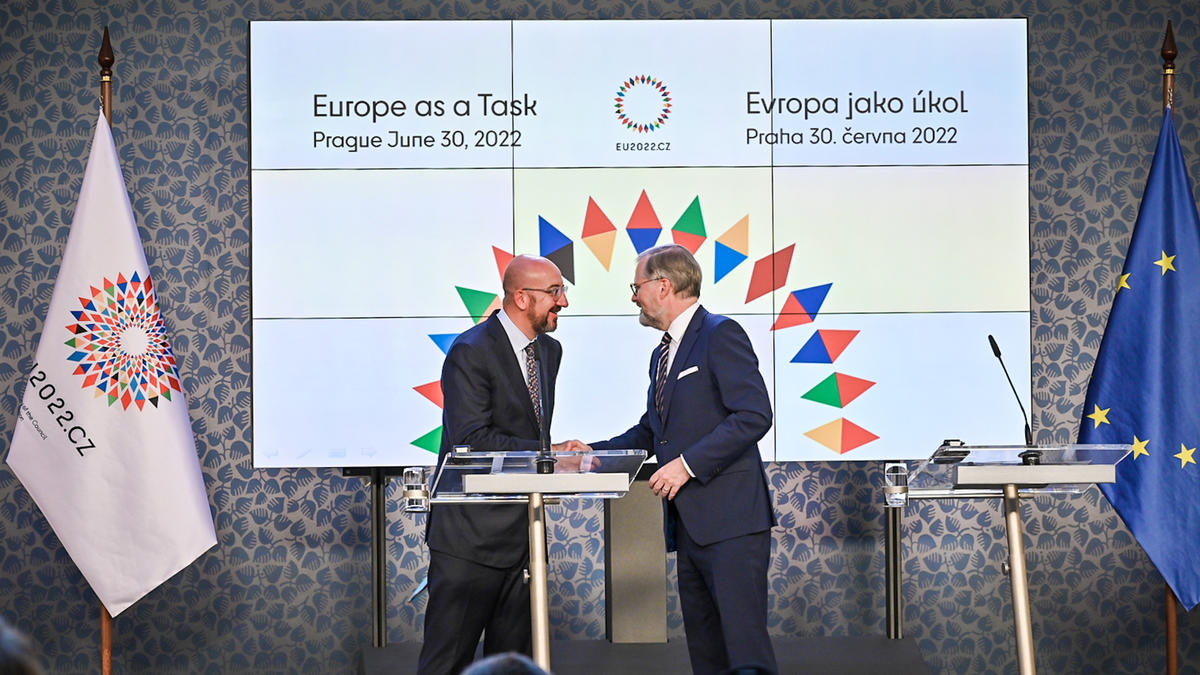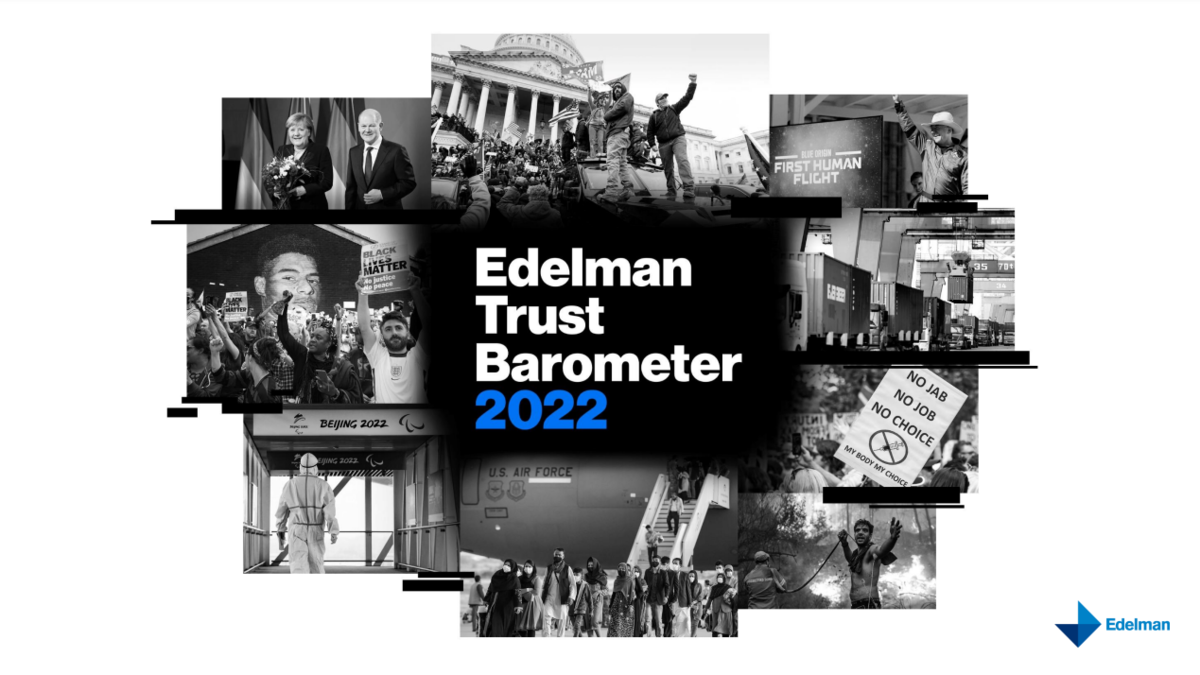The EU proposes two-pronged approach to tackle energy crisis
Another crisis, another Union, but this time its Energy not Banks. With a rousing speech at this year's State of the European Union, Commission President Ursula von der Leyen emphasized the EU was ready to go to great lengths to protect businesses and consumers from sky-high energy prices and a disastrous winter of discontent. And there are no guarantees that next winter is any better.
The proposed package will be rolled out in two phases, firstly; an immediate temporary framework designed to deal quickly with the short-term effects, and secondly; a sweeping (as yet undefined) reform of the EU electricity market for which the legislative process should kick off early next year. A cap on Russian gas could also be proposed in the coming months, but so far – due to concerns about how this could unfairly impact certain member states – the Commission will continue studying the matter further.
The initial temporary measures should take effect no later than December 1, would last no more than one year, and are to include three primary elements:
- A windfall tax on the “revenues of companies that produce electricity at a low cost” like renewables, nuclear and lignite – with revenues set to be capped at €180/MWh, as is already the case in Spain. Above €180/MWh, these "unexpected profits" are to be taxed and redirected to member states to help consumers and encourage investment in renewables.
- A separate ‘solidarity contribution’ from the oil, gas, coal and refinery sectors, which have been benefiting from high energy prices. Member States will collect contributions on 2022 profits which are above a 20% increase on the average profits of the past three years. The collected revenues would then be redirected to energy consumers, and to renewable energy and energy efficient projects.
- A mandatory electricity reduction target of at least 5% during selected peak price hours. Member States will be required to identify the 10% of hours with the highest expected price and reduce demand during those hours. The Commission also encourages Member States to reduce overall electricity demand by at least 10% until 31 March 2023.
Interestingly, while both the windfall tax and solidarity contributions could be considered taxes, thereby requiring unanimity, the Commission bypassed this requirement by issuing the measures in the form of a Council Regulation based on Article 122 of the treaty. The article specifically allows for temporary measures to be adopted in response to severe difficulties in the supply of certain goods like energy, and which – happily for the Commission – does not require unanimity.
We are going to cap revenues for lower cost electricity producers & allow exceptional measures on regulation of prices for businesses & households.
— Kadri Simson (@KadriSimson) September 14, 2022
This will enable Member States to raise & redirect revenues to those in need in this difficult time! pic.twitter.com/zGbnxTmGyP
Commission President von der Leyen also announced other initiatives currently being developed to boost European green energy. This includes a “European hydrogen bank” seeking to invest €3 billion to help build the hydrogen market and help guarantee the purchase of hydrogen thanks to funds drawn from the EU carbon market, the Emissions Trading Scheme (ETS). The Commission will also work on establishing a more representative benchmark to reflect the EU’s shift from imported pipeline gas to liquified natural gas, as well as “emergency liquidity instruments” to help energy firms meet sky-high collateral costs to trade on public exchanges. The idea of joint EU procurement of energy has also been floated, to positive sounds from a range of member states.
What does all this mean in the grand scheme of things? This perhaps marks the first time in many decades that there is so much government intervention and involvement in the energy market. So far, the EU has largely relied on market forces, rendering energy accessible and affordable through competitive pricing. Nonetheless, for consumers and member states, this increased intervention does mean more money in pockets – quickly. The proceeds of the levies will be gathered based on where energy is sold, meaning that all companies operating within the EU are impacted regardless of where their headquarters are. Yet at the same time, all is not lost for companies paying the levies. A large chunk of the €140 billion raised by the temporary levies will be funnelled back into the energy sector by individual member states based on the aims of RePowerEU. Now it’s up to the energy sector to step up and deliver. Let’s hope the coming winters aren’t too cold.






